
 3
3




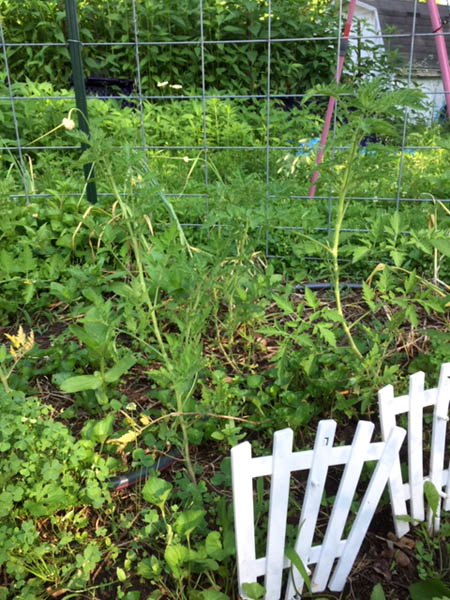


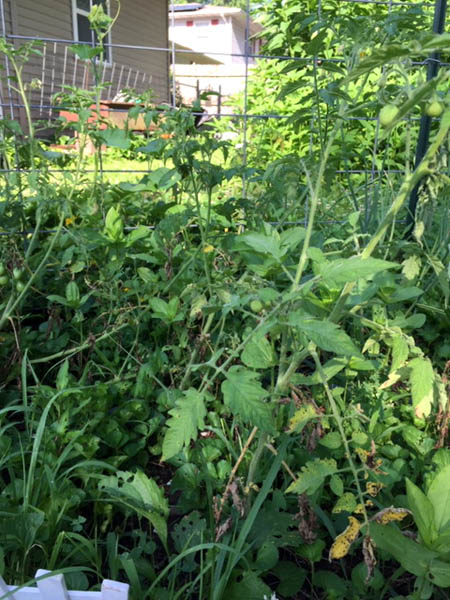
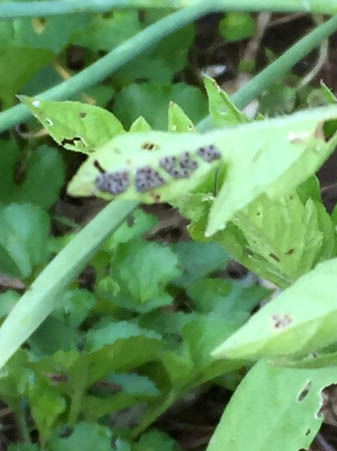
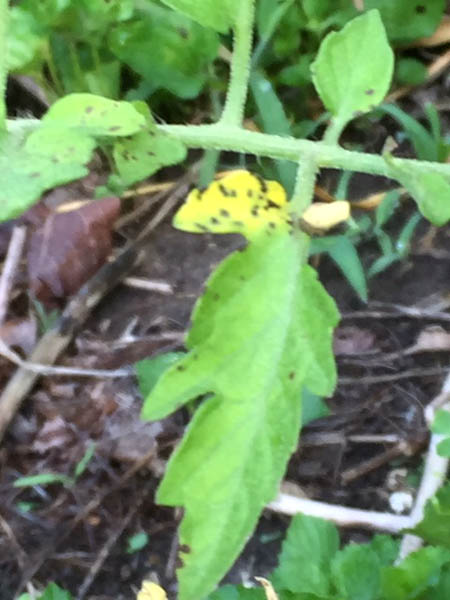
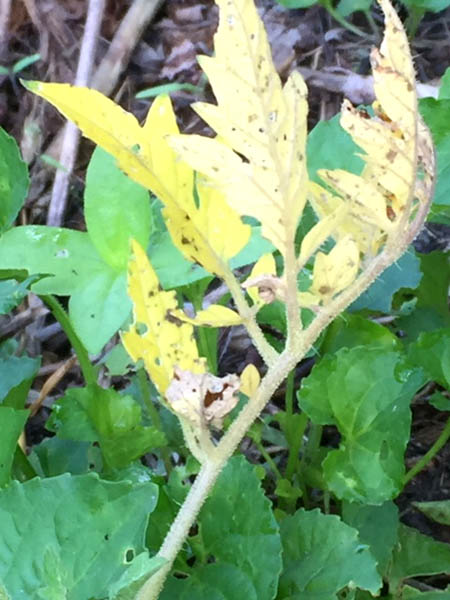
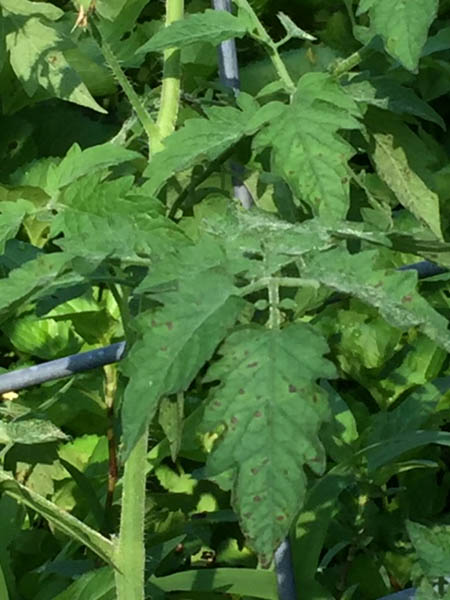
Gardens in my mind never need water
Castles in the air never have a wet basement
Well made buildings are fractal -- equally intelligent design at every level of detail.
Bright sparks remind others that they too can dance
What I am looking for is looking for me too!

 8
8




“The most important decision we make is whether we believe we live in a friendly or hostile universe.”― Albert Einstein
 5
5




Gardens in my mind never need water
Castles in the air never have a wet basement
Well made buildings are fractal -- equally intelligent design at every level of detail.
Bright sparks remind others that they too can dance
What I am looking for is looking for me too!

 7
7




“The most important decision we make is whether we believe we live in a friendly or hostile universe.”― Albert Einstein
 5
5




Gardens in my mind never need water
Castles in the air never have a wet basement
Well made buildings are fractal -- equally intelligent design at every level of detail.
Bright sparks remind others that they too can dance
What I am looking for is looking for me too!

 3
3




Zone 6, 45 inches precipitation, hard clay soil




 5
5




'What we do now echoes in eternity.' Marcus Aurelius
How Permies Works Dr. Redhawk's Epic Soil Series

 8
8








Gardens in my mind never need water
Castles in the air never have a wet basement
Well made buildings are fractal -- equally intelligent design at every level of detail.
Bright sparks remind others that they too can dance
What I am looking for is looking for me too!

 4
4




Pearl Sutton wrote:......Some of the plants are getting a chance, but I still REALLY HOPE someone knows what is going on.
“The most important decision we make is whether we believe we live in a friendly or hostile universe.”― Albert Einstein




Gardens in my mind never need water
Castles in the air never have a wet basement
Well made buildings are fractal -- equally intelligent design at every level of detail.
Bright sparks remind others that they too can dance
What I am looking for is looking for me too!

 6
6




Pearl Sutton wrote:Oh, good idea! They might have a guess, but they are mostly for chemical using farms. They might have a guess though, they are smart about plants. I have had them ID strange things before.
“The most important decision we make is whether we believe we live in a friendly or hostile universe.”― Albert Einstein
 6
6





 7
7




 2
2




 1
1




 1
1




"When the whole world is running towards a cliff, he who is running in the opposite direction appears to have lost his mind." C.S. Lewis
Visit https://themaineingredient.com for organic, premium dried culinary herbs that are grown, processed, and packaged in the USA.
 2
2




Where my chicks have roamed no grass grows!

|
He got surgery to replace his foot with a pig. He said it was because of this tiny ad:
The new permaculture playing cards kickstarter is now live!
https://www.kickstarter.com/projects/paulwheaton/garden-cards
|








